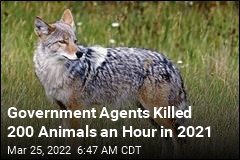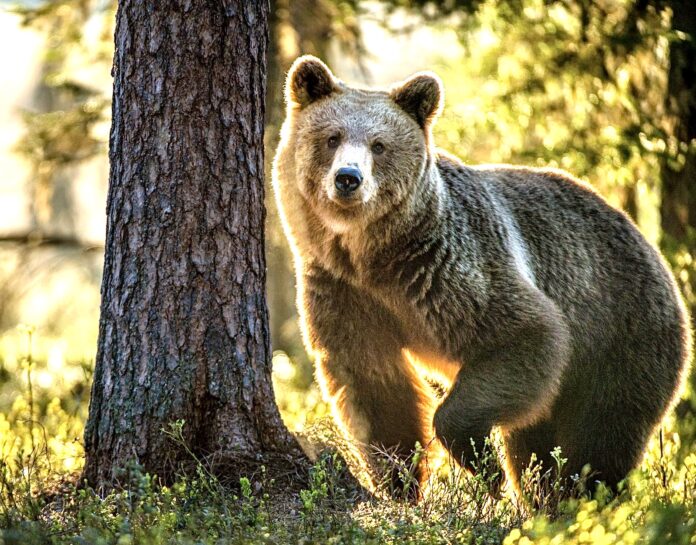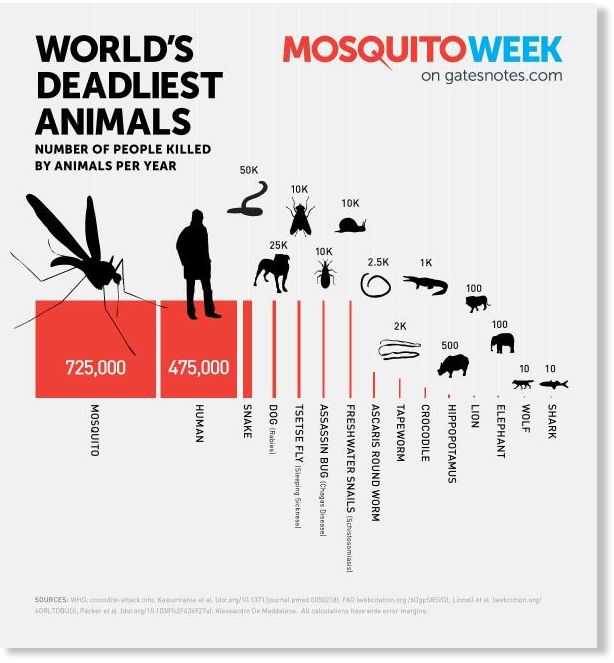
US Killed 1.75 Million Animals in 2021
— an Average of 200 Per Hour
Oliver Milman / Guardian UK
(March 25, 2022) — An obscure division of the US government had a busy – and ruthless – year in 2021, killing more than 1.75 million animals across the country, at a rate of about 200 creatures every hour.
The latest annual toll of Wildlife Services, a department within the US Department of Agriculture, has further stoked the fury of conservation groups that have decried the killings as cruel and pointless. Wildlife Services maintains the slaughter is necessary to protect agricultural output, threatened species and human health.
The 2021 toll shows the killings span a Noah’s Ark of species, including alligators, armadillos, doves, owls, otters, porcupines, snakes and turtles. European starlings alone accounted for more than 1m of the animals killed. A single moose was shot, along with a solitary antelope and, accidentally, a bald eagle.
Wildlife Services targets certain invasive species that it considers a threat to ecosystems, such as feral hogs and a type of giant swamp rodent called nutria, but it also, controversially, kills vast numbers of America’s native species.

About 64,000 coyotes were killed.
Last year, 404,538 native animals were killed by the agency, a compendium of snuffed out life that included 324 gray wolves, 64,131 coyotes, 433 black bears, 200 mountain lions, 605 bobcats, 3,014 foxes and 24,687 beavers.
Plenty of animals are killed unintentionally, too, with 2,746 unfortunate creatures, including bears, foxes and dogs, exterminated by accident last year. This is partly down to the methods used by Wildlife Services, which deploys leg hold traps, snares and poisons to target animals. The agency uses a variety of other approaches too, such as rounding up and gassing geese or shooting coyotes from helicopters or aircraft.
“It’s stomach-turning to see this barbaric federal program wiping out hundreds of thousands of native animals,” said Collette Adkins, carnivore conservation director at the Center for Biological Diversity. “Killing carnivores like wolves and coyotes to supposedly benefit the livestock industry just leads to more conflicts and more killing. This is a truly vicious cycle, and we’ll continue to demand change from Wildlife Services.”
Last year’s death toll was, in fact, fairly low by the standards of recent years. In both 2008 and 2010, Wildlife Services killed 5 million animals, and as recently as 2019 it killed around 1.3m native animals, a total much higher than last year.
Wildlife Services, which has a mission to “resolve wildlife conflicts to allow people and wildlife to coexist”, often acts at the behest of ranchers, state agencies and airports to eradicate animals considered to be damaging to the environment, economic activity or public safety.
But this approach has long been opposed by conservationists who argue the killings are indiscriminate and degrade America’s environment.

The 2021 killings spanned a Noah’s Ark of species.
The targeting of predators such as coyotes and bears, for example, can disrupt ecosystems and even aid the spread of invasive species. Various and pieces of legislation have failed to curb Wildlife Services’ activities, however, although opposition has placed restrictions in some states, such as California and Washington.
Most contentious is the department’s use of M-44 cyanide “bombs” to kill certain animals. The devices, described by Wildlife Services as an “effective and environmentally sound wildlife damage management tool”, are essentially canisters placed in landscapes that eject a cloud of sodium cyanide when tugged at by animals. It will typically kill foxes, coyotes and other targeted species within five minutes.
The use of M-44 canisters can go awry, however, such as when pet dogs inadvertently trigger them. In 2017, a 14-year-old boy, Canyon Mansfield, was covered by the toxic powder when he encountered one of the devices while walking his dog Kasey behind his home in Pacatello, Idaho. The incident injured Mansfield and killed his dog, prompting calls by environmentalists, so far rebuffed by the federal government, to ban the use of M-44s.
“M-44 cyanide ejectors jeopardize animals and people alike, and a nationwide ban is long overdue,” said Carson Barylak, campaigns manager at the International Fund for Animal Welfare (IFAW).

Posted in accordance with Title 17, Section 107, US Code, for noncommercial, educational purposes.